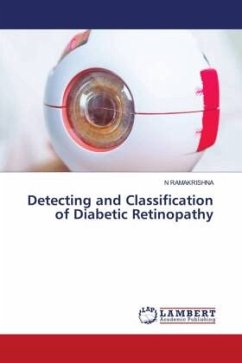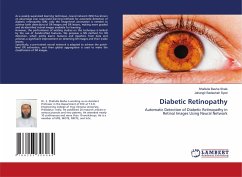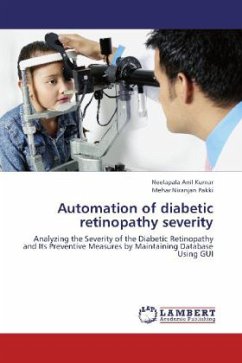The human eye is a very sensitive organ. Many important eye diseases as well as systemic diseases manifest themselves in the retina of the eye. Diabetic retinopathy (DR) is a condition where the retina is damaged due to blood or fluid leaking from the blood vessels into the retina leading to loss of vision. DR can progress from non-proliferative DR to proliferative DR. Non-proliferative DR is the earliest stage of the disease, while proliferative DR is an advanced stage of the disease. Different signs of DR exist at early stages, they are microaneurysms and exudates. Hence, DR detection at an early stage is important. The objective of the proposed work is to develop a scheme for the early detection of DR signs to aid doctors in quicker diagnosis. The retinal images, captured by the Fundus camera, are processed to highlight microaneurysms and exudates. A set of morphological operations are carried out, to detect the presence of microaneurysms and exudates for DR diagnosis. Further, we propose to classify retinal images into normal, mild, and moderate stages using Convolution neural network models.
Bitte wählen Sie Ihr Anliegen aus.
Rechnungen
Retourenschein anfordern
Bestellstatus
Storno








